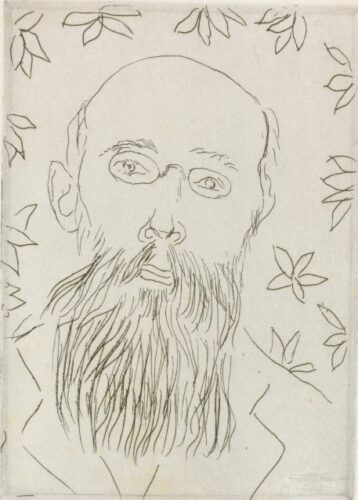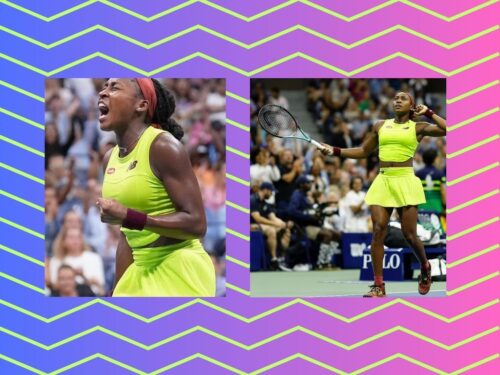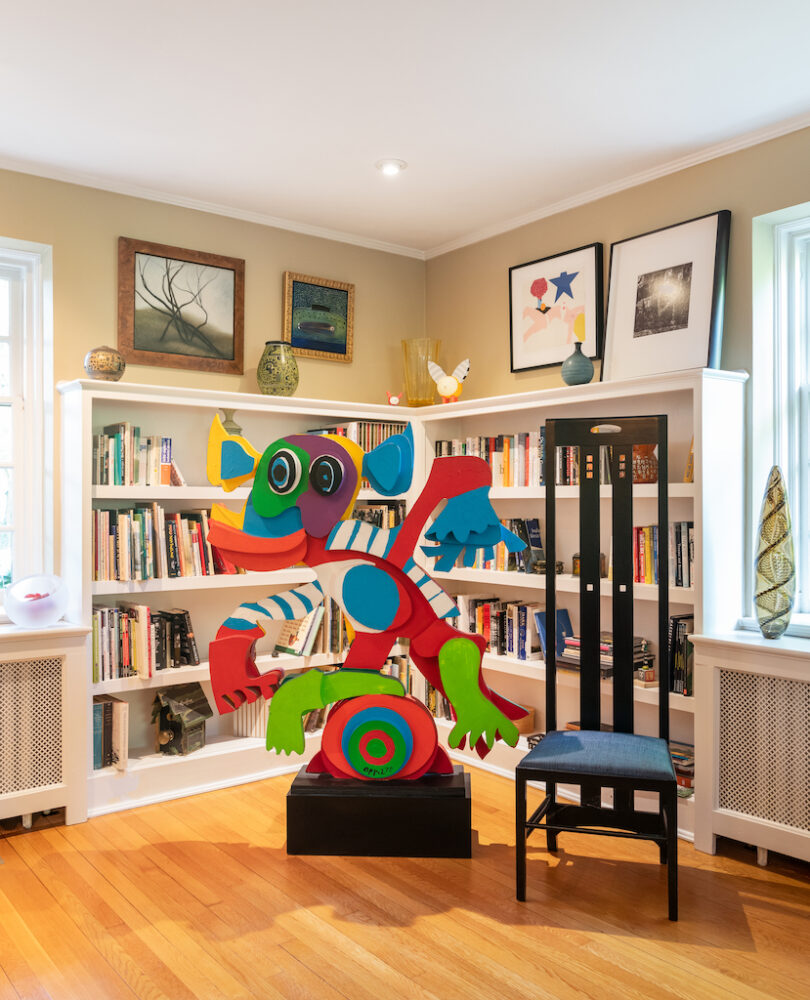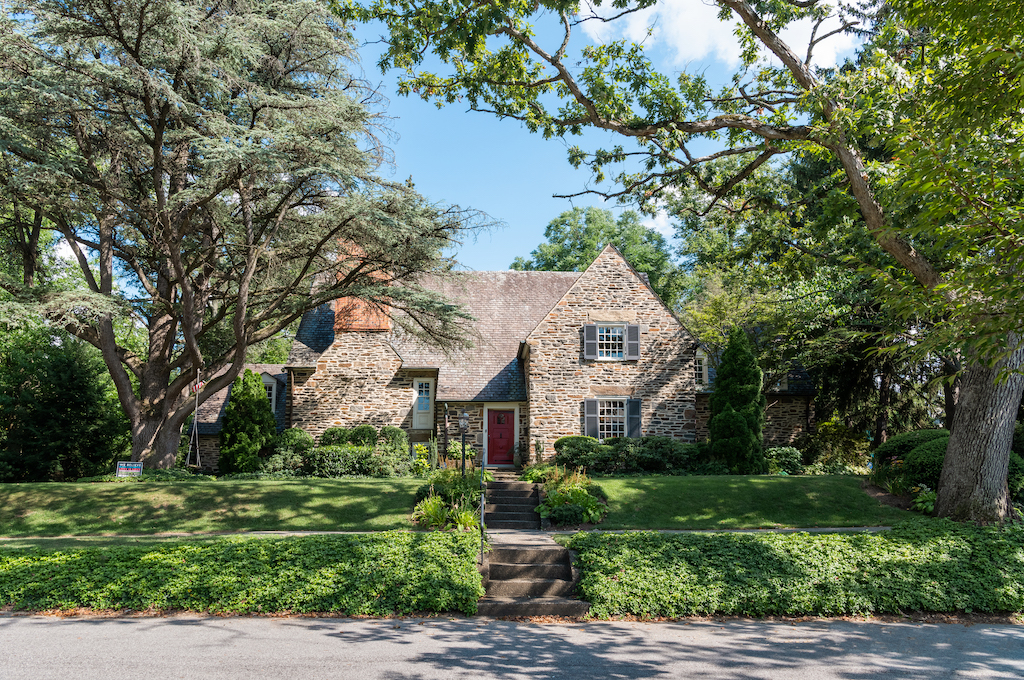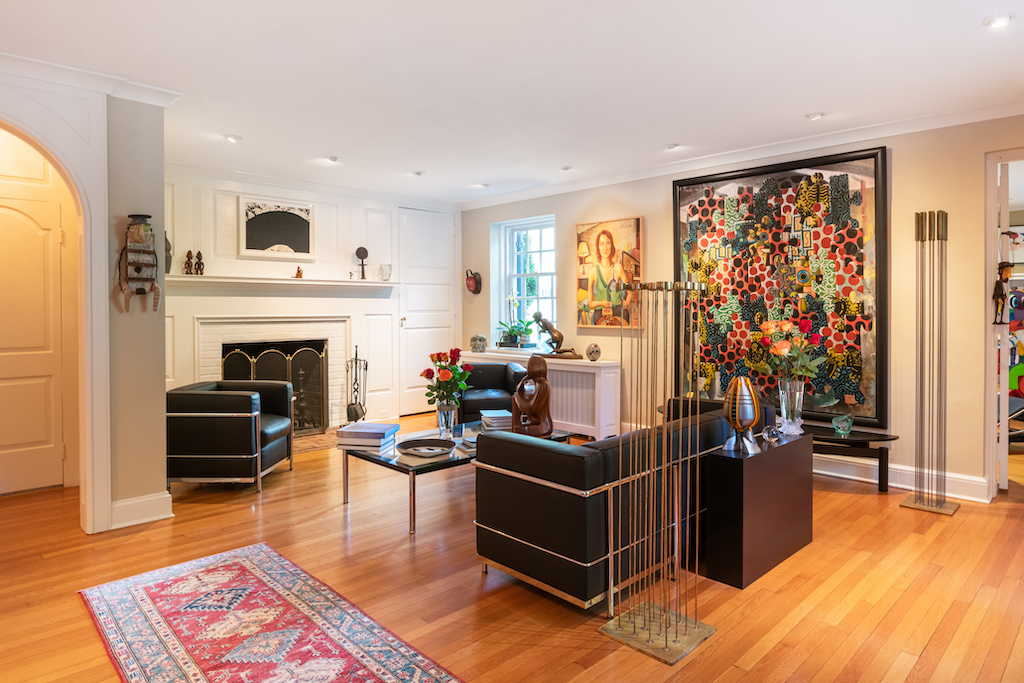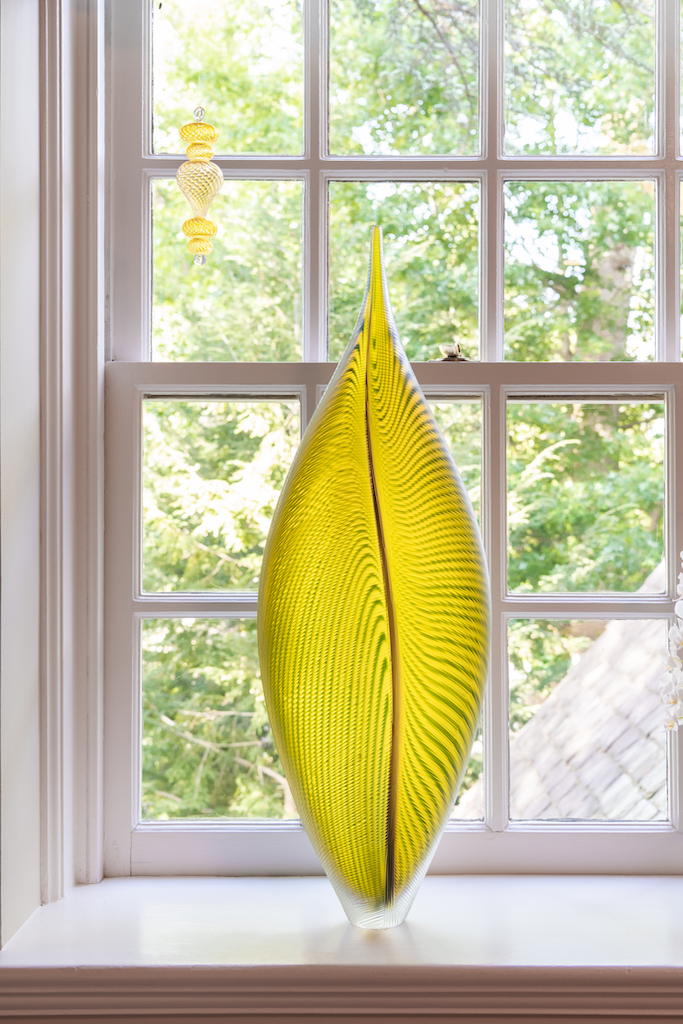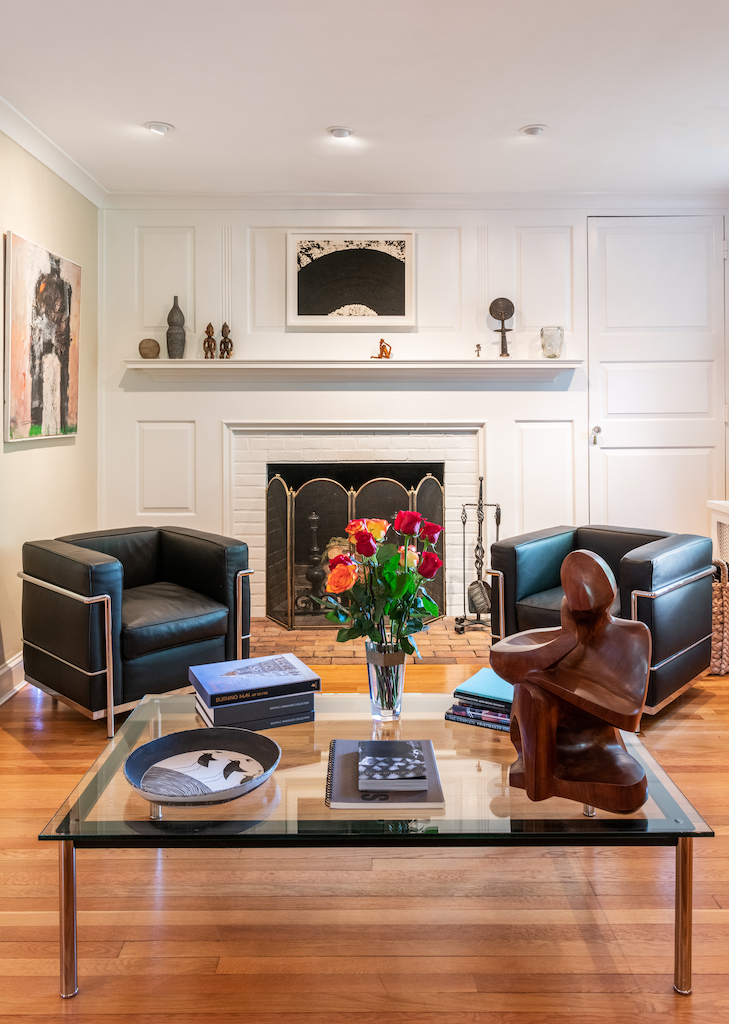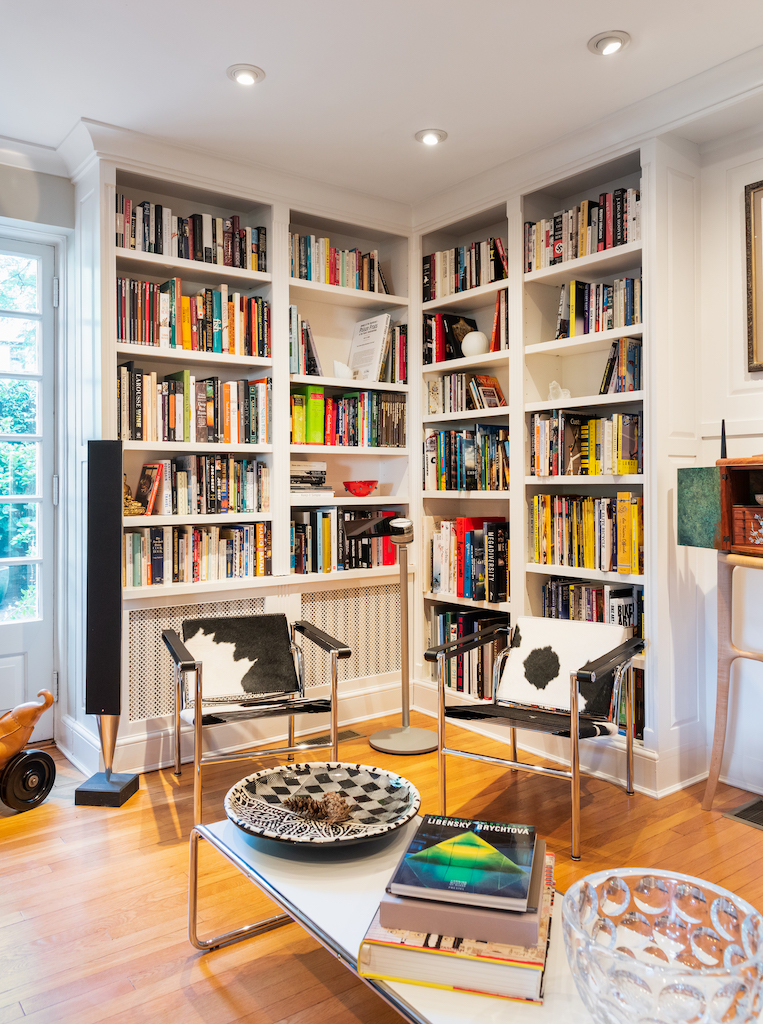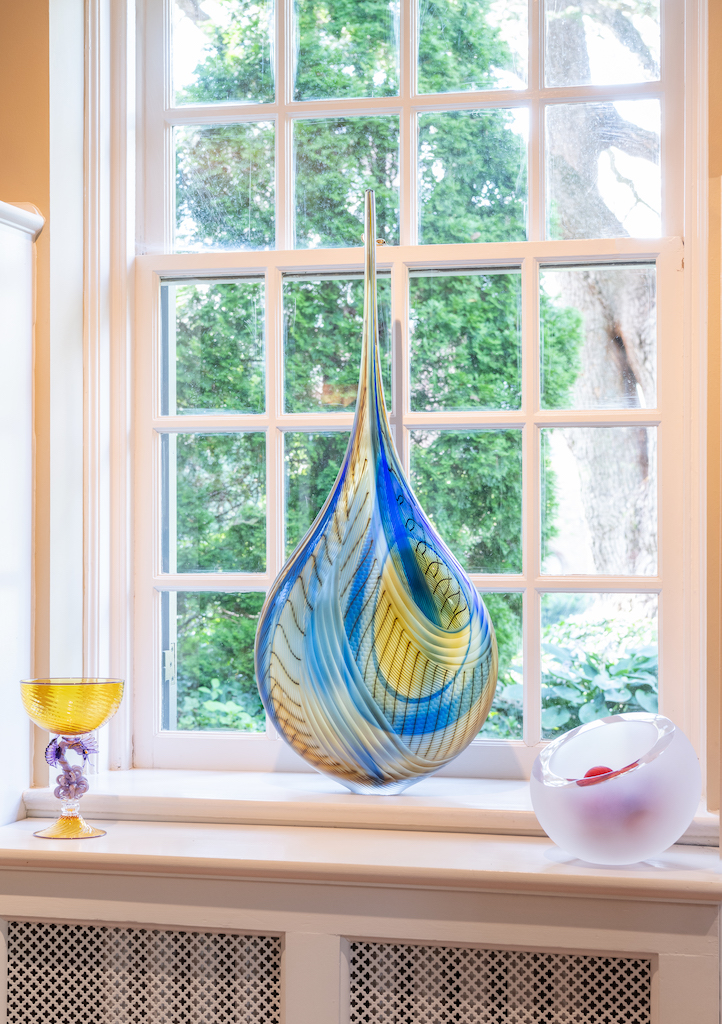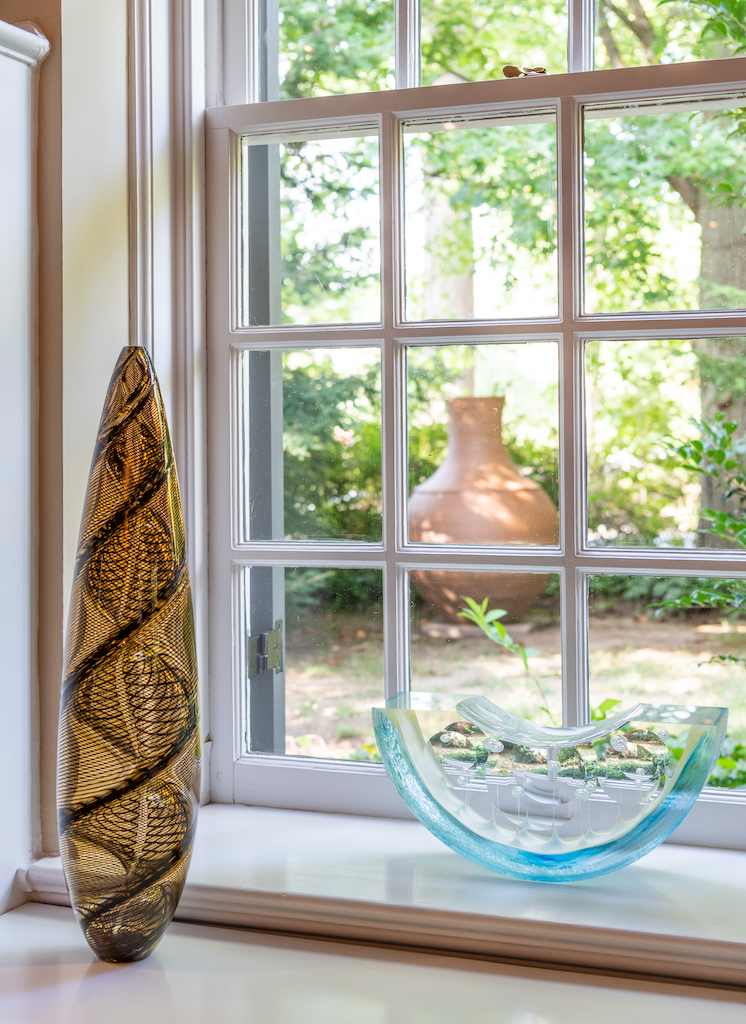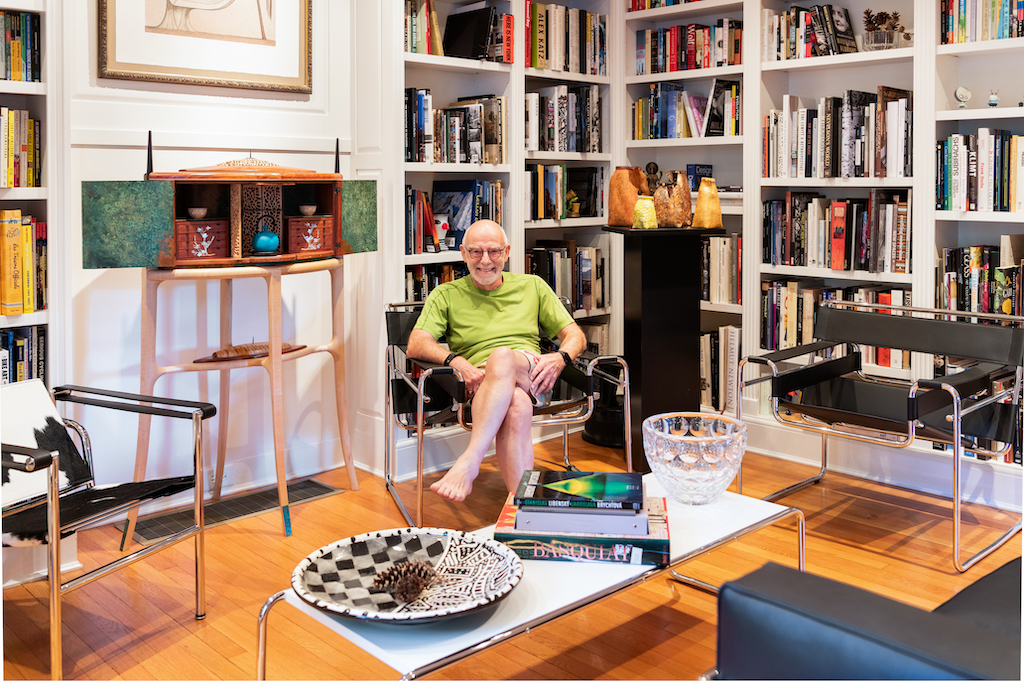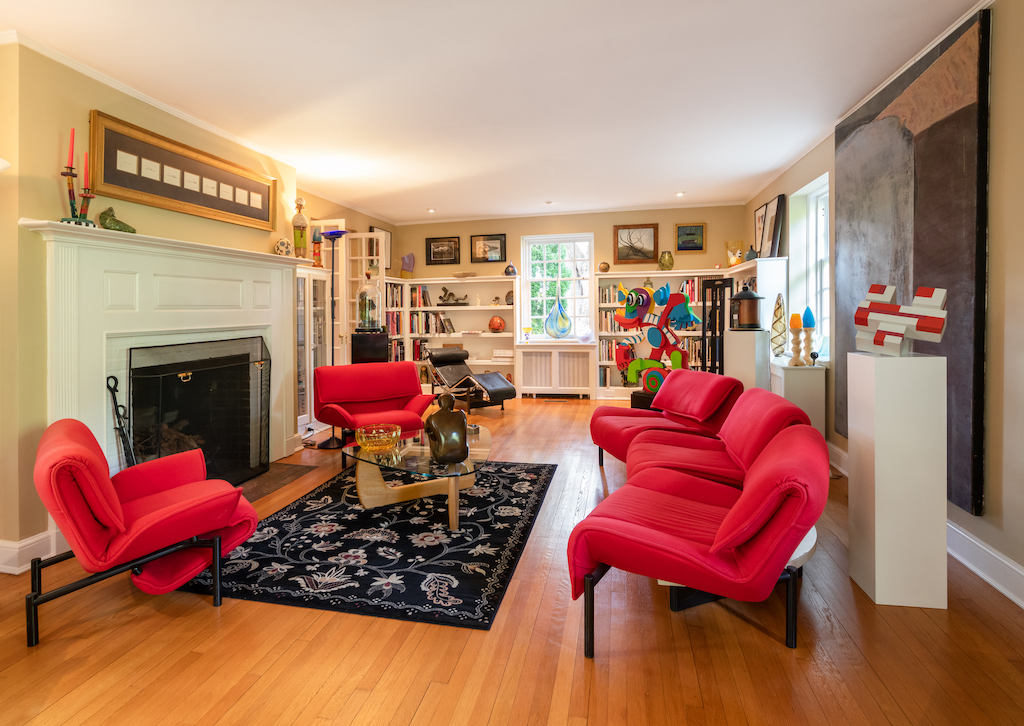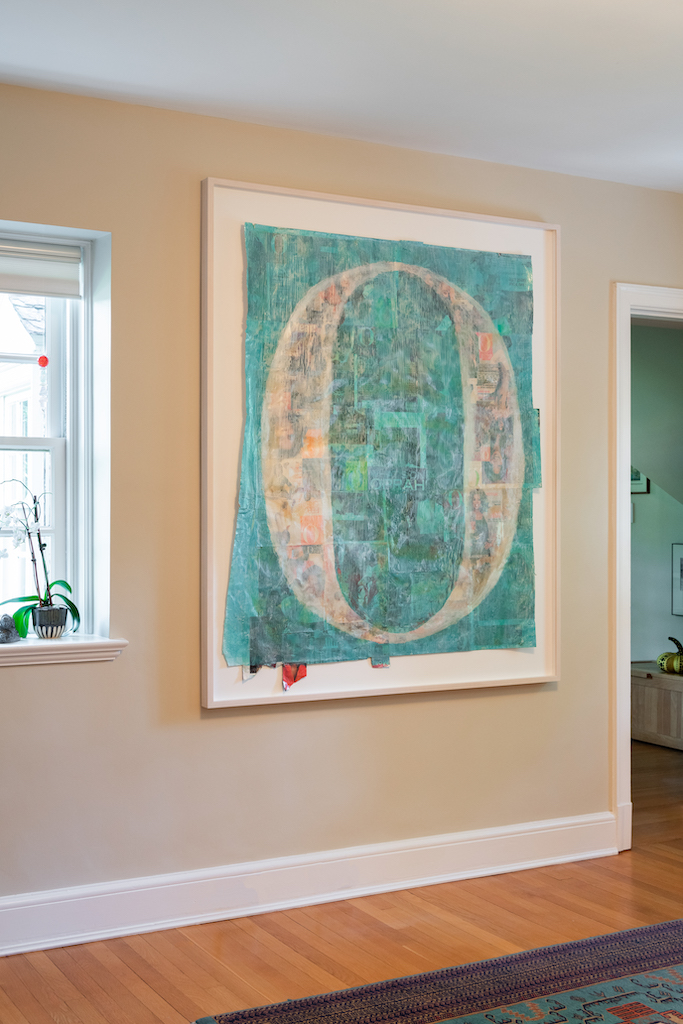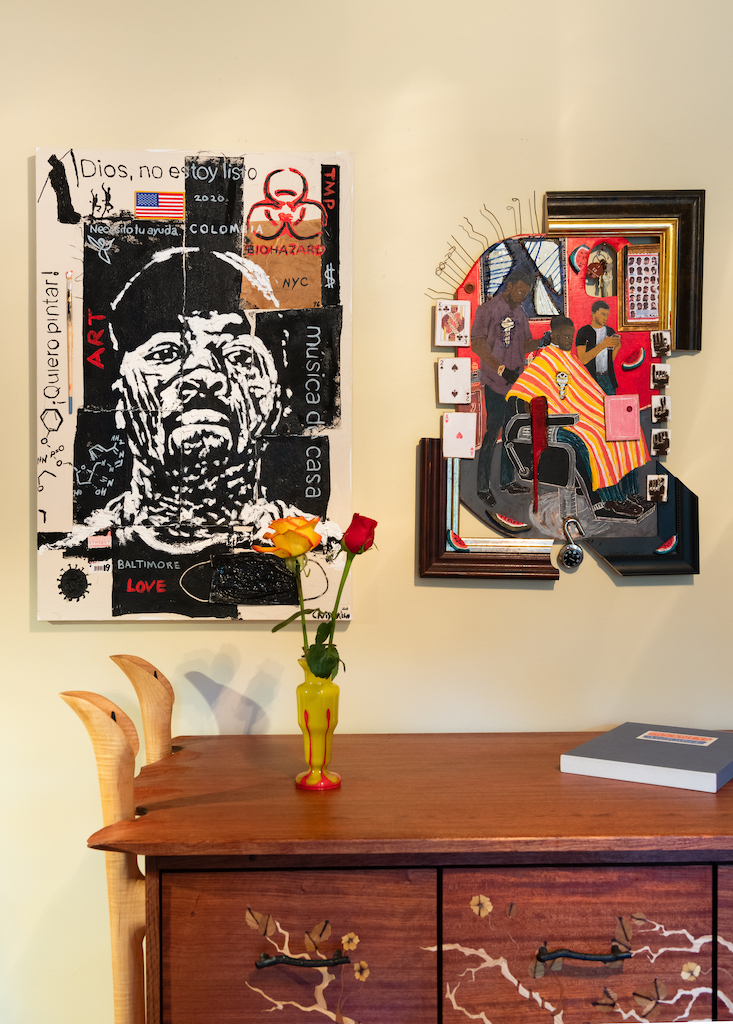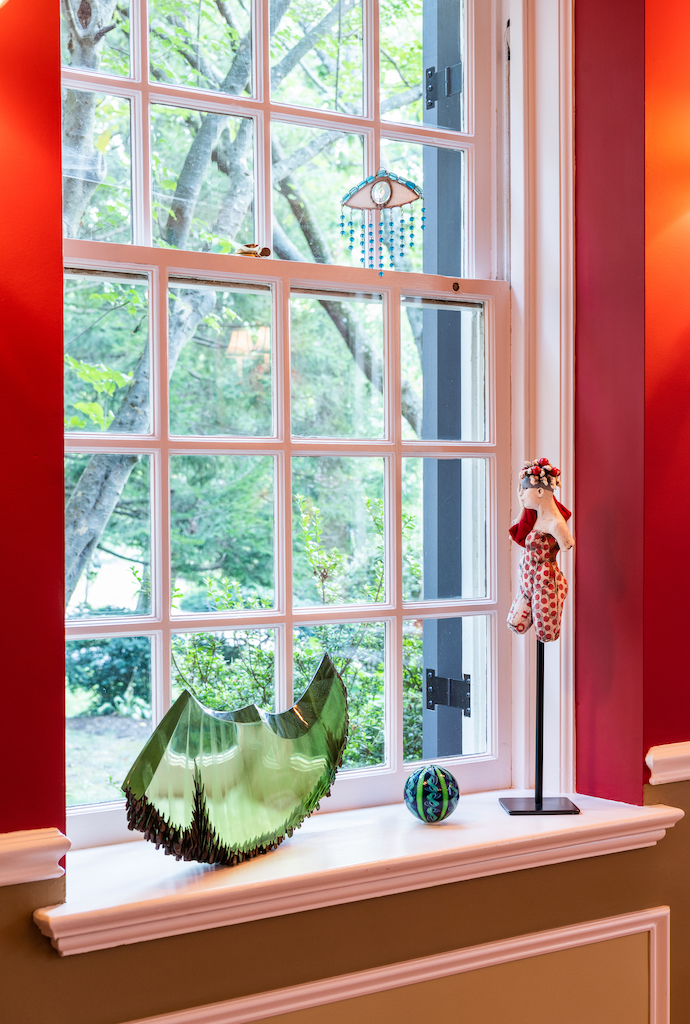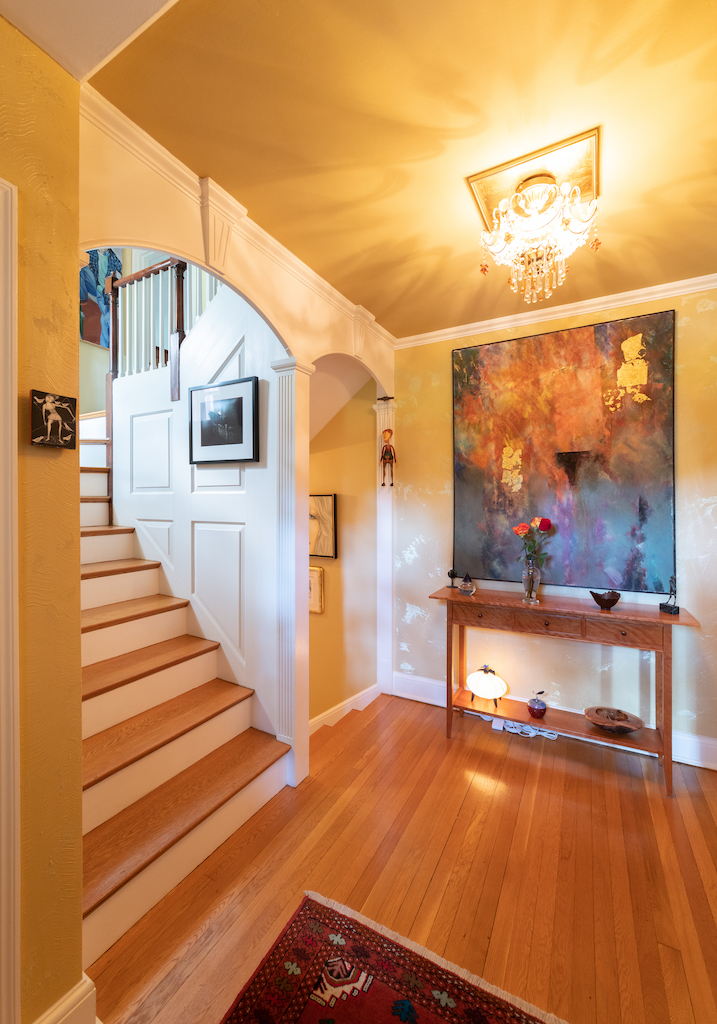“Czech is a very funny language,” says Kris Kudrnac with a mischievous grin. “There are fifty different ways to call someone an idiot.” As we sit in his beautiful Guilford home filled with art, the chemical engineer, business owner, and enthusiastic collector describes a circuitous and multilingual path from the Czech Republic and Montreal to Baltimore, his home for the past two decades.
Although he was born in Montreal, Kudrnac considered himself 100% Czech, because his parents emigrated to Canada just before he was born. He became fluent quickly in French and English, but Kudrnac says he always felt like he was from somewhere else–even as a kid living in Quebec, because he was not a part of the constant tension between French and English speakers. He admits he has become more aware in recent years that, while he is now legally an American, his identity is made up from many different cultures and countries.
In 1948, Kudrnac’s parents fled their home in Czechoslovakia when the communists took over and the borders closed. “My mother and father had to figure out where to go after they lost everything, which was confiscated by the communist government,” he says. “A friend in Switzerland gave them passage to Canada on a tramp steamer. The US wasn’t taking refugees, so they went to Montreal and started their lives over from scratch.”
“My dad was a chemical engineer,” Kudrnac explains. In their early days in Montreal, his father worked in a lab and supported the family as well as his parents. After many years, his father purchased the small company he worked for, and this experience provided the foundation for Kudrnac’s own professional trajectory. Building on an undergraduate degree from McGill in chemical engineering, Kudrnac transitioned from being a scientist into entrepreneurship around eco-friendly chemicals produced in Europe and South Korea used by US cosmetic companies.
